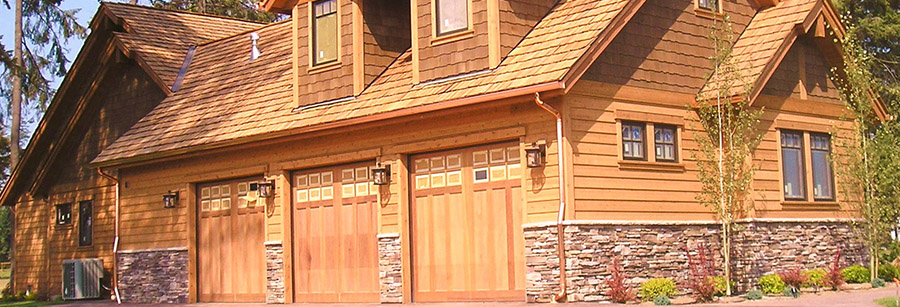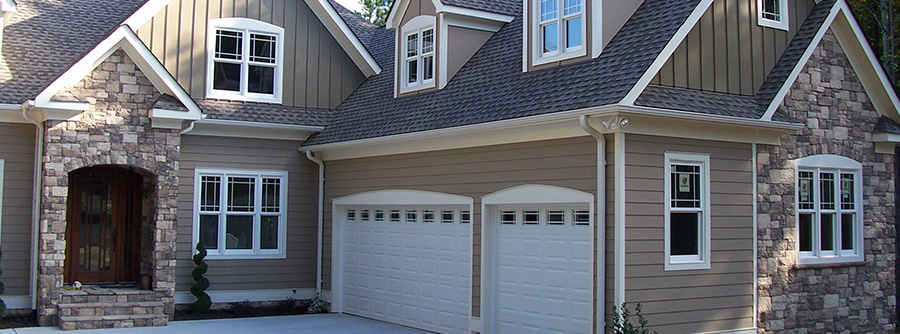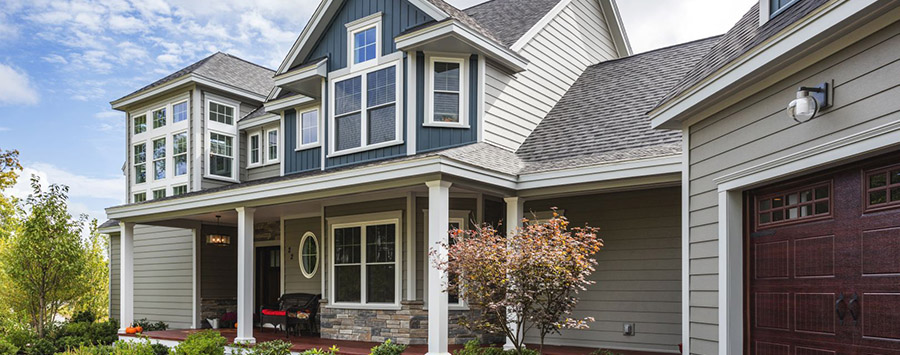 siding-installation-rochester-ny.jpg
siding-installation-rochester-ny.jpg
Posted on Friday, September 29, 2017
Categories:
Roofing & Siding
There are several modern siding options from which to choose
when building or remodeling your home or business. But which is best for you? Multiple
variables including durability and longevity, maintenance, aesthetics based on
comparative architecture, practicality based on location and climate, common
annual weather events, and price all factor into the final decision. Here’s a
breakdown that should help you narrow down which is best for you and your
application.
TRADITIONAL WOOD

For many homeowners, wood is the real thing and nothing less
will do. Almost every other type of siding on the market tries to imitate the look of real
wood because real wood has a timeless, classic look. While
wood remains one of the most popular siding options for many homes, it can be
extremely difficult to maintain, which is why so many homeowners look for
alternative siding options such as vinyl and fiber cement. After all, siding
plays a huge role in a home’s curb appeal, so siding that peels, cracks, warps,
or breaks can be a major drawback.
TRADITIONAL VINYL

Vinyl siding like the many verities produced by Certainteed Corporation, is extremely
popular for a variety of reasons including its cost effectiveness. Unlike wood,
it won’t warp, rot, or chip. It is rain, sun, and wind resistant (to moderate
levels). It is not adversely affected by humidity or air pollution and won’t
attract termites or pests. Unlike aluminum or wood, vinyl siding installation
is quick, easy, and undemanding, which also helps to reduce the overall price
of the product. Although vinyl is relatively durable, it is not impenetrable,
especially in cold temperatures. If it is grazed by a lawn mower, snow blower, or
baseball, it will get chewed up and crack. If there are high winds and the
paneling isn’t fully secured (usually due to a faulty install), it will blow off.
ENGINEERED WOOD

Engineered wood siding products like LP SmartSide Trim and Siding give you the warm look and deep
texture of cedar backed with exceptional durability. LP SmartSide products feature
industrial-grade binders and resins to help resist damage from impacts like
hail and stand up to intense heat and freeze/thaw cycles. They are treated with
LP’s proprietary SmartGuard® process to help resist damage from
termites and fungal decay. This helps provide the toughness to keep your home
looking beautiful for many years to come. They are engineered to stand up to
harsh climates including extreme heat, cold and humidity.
SOLID PVC

Solid color-through PVC siding like Celect® Cellular Composite Siding by Royal® provides
all of the beauty of freshly-painted wood siding, and none of the maintenance
issues of wood or even fiber cement. Its interlocking joints keep moisture out
and almost completely eliminate seams, which means it not only looks authentic,
it’ll never warp, buckle or shift like wood. With Celect, you can forget about
mold, deterioration, scrubbing and messy maintenance crews. You can also forget
about painting, repainting, caulking, re-caulking and delaminating like fiber
cement is famous for. Celect is all about virtually maintenance-free great
looks that never quit. Additionally, It is warmer in the winter, cooler in the
summer and greener all year long. In addition to being completely re-usable and
100% recyclable, it provides an R-value that’s twice the thermal value of any
other comparable material in the market. It is moisture resistant, durable, and
doesn’t degrade in the face of wind, sun, time and pesky termites.
FIBER CEMENT

In every consideration except cost, HardiePlank and most quality fiber-cement boards are the clear
winner over most other siding options. HardiePlank is composed of
cement-like materials and will not burn, is more durable and withstands higher
wind conditions, holds paint better, will not warp, crack, split or twist;
withstands temperature extremes better, and more. They test their products to
better withstand worst-case scenarios: hurricanes, UV rays, snowstorms, and
more. But it’s not only extremes that break down siding—the change of seasons
does a number on materials such as vinyl (which may crack in the cold) and wood
products (which expand and contract with changes in moisture and humidity).
Only James Hardie products are Engineered for Climate®. Some of the reported
cons of fiber cement siding is that it is heavier to work with and can break
easily during installation if not handled properly. One must also take care
when cutting as it can produce significant cement dust when using power tools.
It also requires touch up and repainting eventually.
Tagged:curb appeal, home improvement, siding